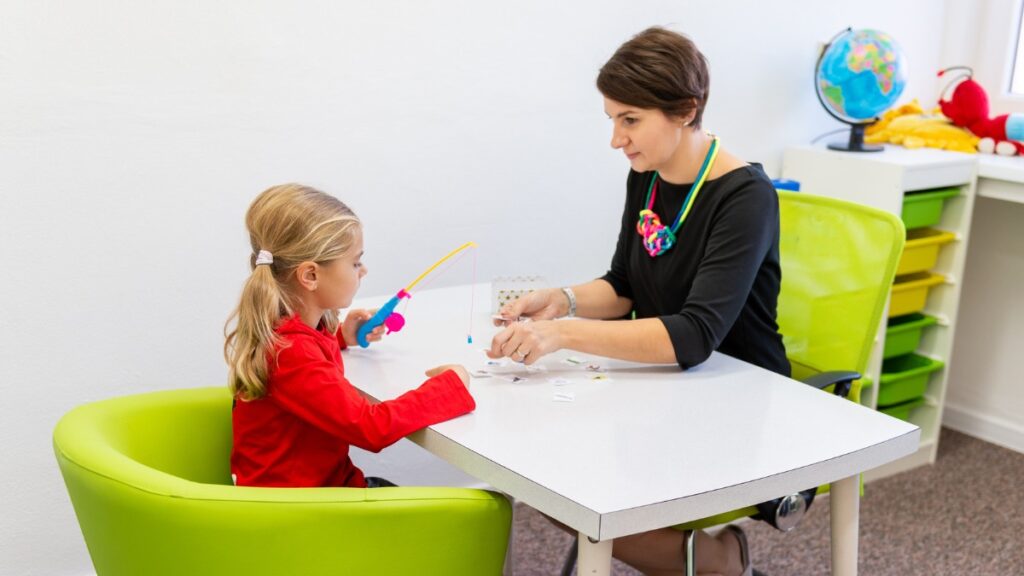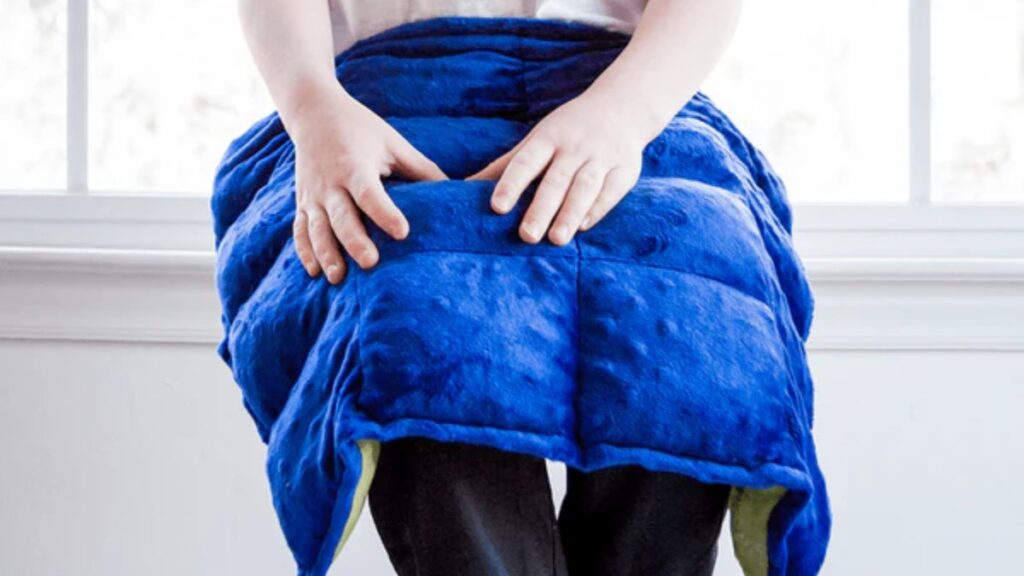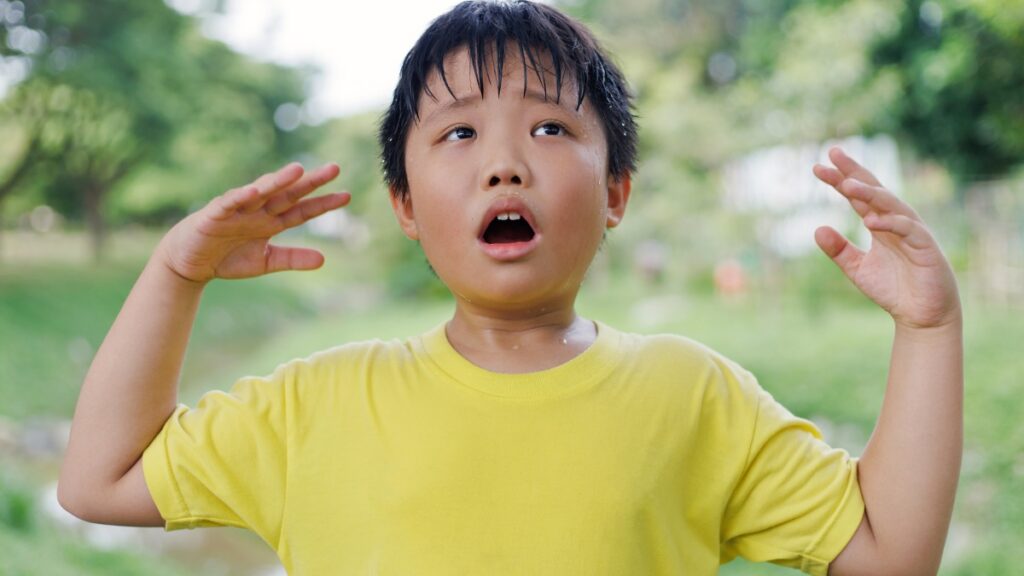BLOG
Welcome to the Golden Care Therapy Blog—your go-to source for evidence-based insights and practical tips on autism and ABA therapy. Explore the latest research, hands-on strategies, and expert guidance designed to help your child thrive at home, in school, and beyond.

Anxiety can feel overwhelming for any child, but for kids with autism, it often takes on a whole new level of intensity. Everyday situations—like a change in routine, loud noises, or even a simple conversation—can trigger deep worry or distress, adding to the mental health challenges they may already face. Sometimes, the signs are obvious, […]

Autistic children, like all children, have unique emotional and psychological experiences. While autism spectrum disorder can present itself in various ways, many autistic children face specific mental health challenges that can make everyday life more difficult. These challenges are not necessarily a result of autism itself, but they often stem from the interaction between a […]
According to the Rehabilitation Council of India, approximately one in 100 children below 10 years of age is on the autism spectrum. The prevalence of autism has been increasing in recent years, and it is now one of the most commonly diagnosed developmental disorders. While the exact causes of autism are still being studied, it […]
Repetitive behaviors are a key characteristic of autism spectrum disorder (ASD). It can provide valuable insights into the experiences and needs of individuals with autism. Understanding these behaviors is crucial for parents, caregivers, and anyone interested in supporting individuals on the autism spectrum. In this article, we’re going to explore the role of repetitive behaviors in autism […]

Applied Behavior Analysis (ABA) therapy has become one of the most recognized and effective treatments for individuals with autism spectrum disorder (ASD). However, a critical aspect of ABA therapy is timing—when is the best age to start receiving ABA therapy services? In Georgia, this question is of paramount importance for parents, educators, and healthcare professionals. […]

Applied Behavior Analysis (ABA) therapy has become a widely recognized and effective treatment for individuals with Autism Spectrum Disorder (ASD). In New York, ABA therapy is an essential part of the treatment approach for individuals with autism, helping them improve various aspects of life, including social skills, communication, behavior, and independence. ABA therapy is designed […]

Applied Behavior Analysis (ABA) therapy is a well-researched approach to helping individuals with autism develop essential life skills. It focuses on positive reinforcement to improve communication, social interactions, and behavior management. Choosing a provider involves understanding the methodologies used, the qualifications of therapists, and the overall effectiveness of their programs. 6 Key Factors to Consider […]

Applied Behavior Analysis (ABA) therapy has long been a cornerstone of treatment for individuals with autism and related disorders. In Indiana, the growing interest in ABA therapy has led to a better understanding of how it benefits individuals, particularly those on the autism spectrum. This evidence-based therapy focuses on modifying behavior and teaching skills that […]

Children on the autism spectrum often experience sensory processing differences that can make the world around them feel overwhelming. Everyday sensations may be either too intense or not intense enough. This can lead to challenges with focus, emotional regulation, and comfort in different environments. One tool that has been gaining attention for its ability to […]

Temperature sensitivity refers to an individual’s heightened or diminished response to temperature changes in their environment. For some individuals with autism, this can manifest as an extreme discomfort with hot or cold temperatures. In some cases, this sensitivity may lead to a shutdown, where the individual withdraws or becomes unresponsive due to sensory overload. This […]


